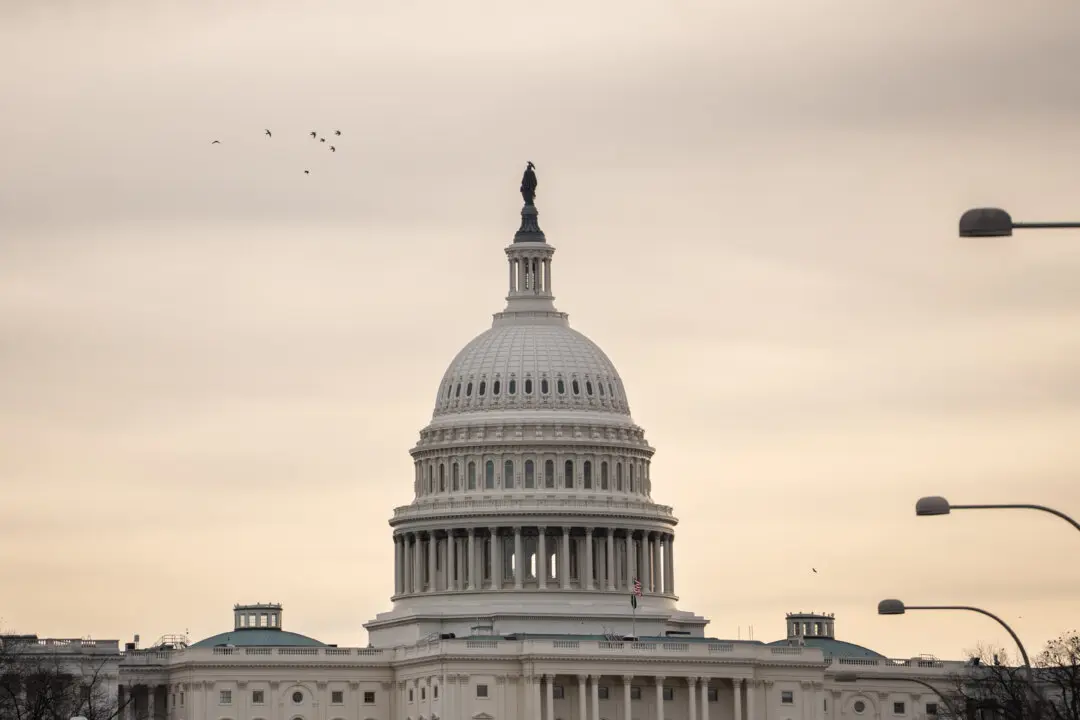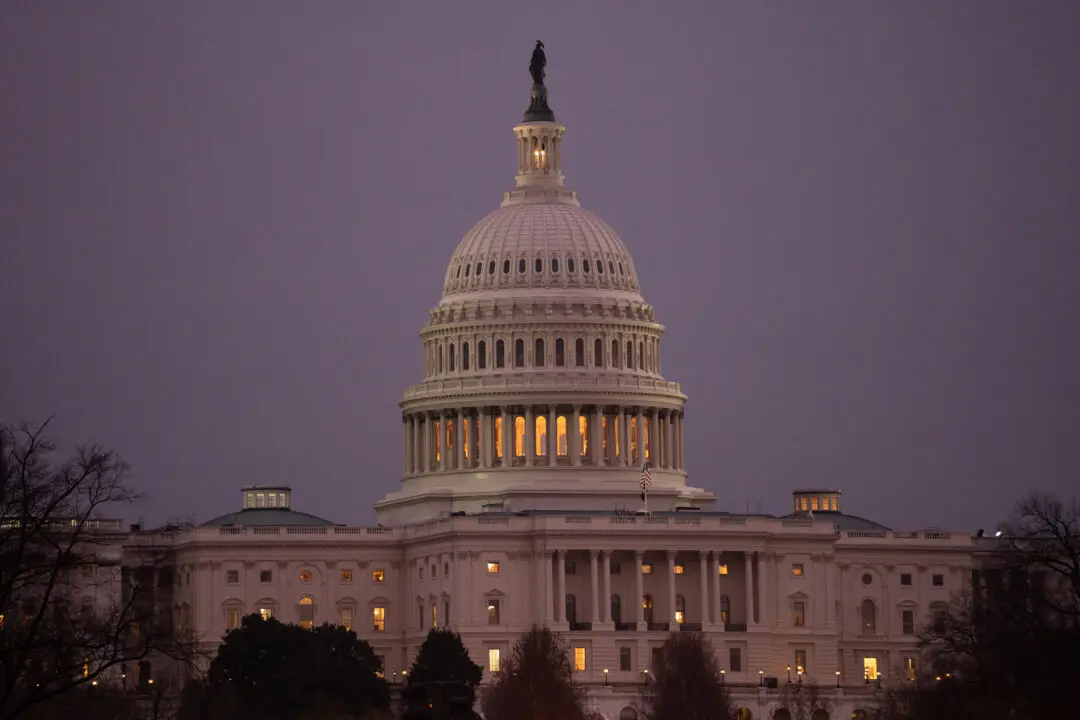On the road from Yuba City to Chico in the northern half of California’s heavily agricultural Central Valley, it’s hard to stop thinking about water—especially during election season.
Political signs advertise candidates’ positions on the issue, an indication of its virtually unmatched importance to the people and communities between the Sierra Nevadas and the California Coast Ranges. One poster along the road in late September read, in order, “Water, Jobs, Liberty.”





